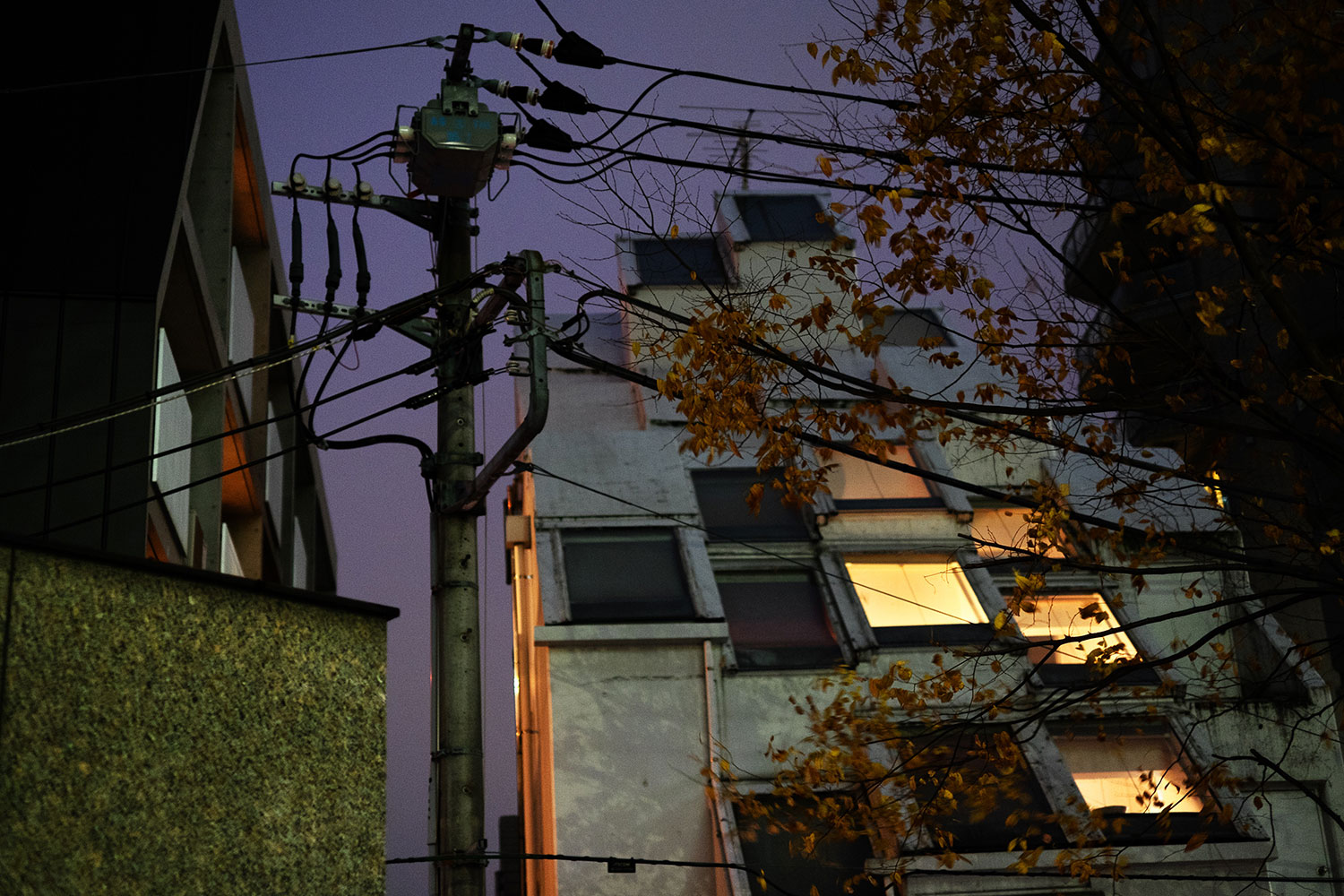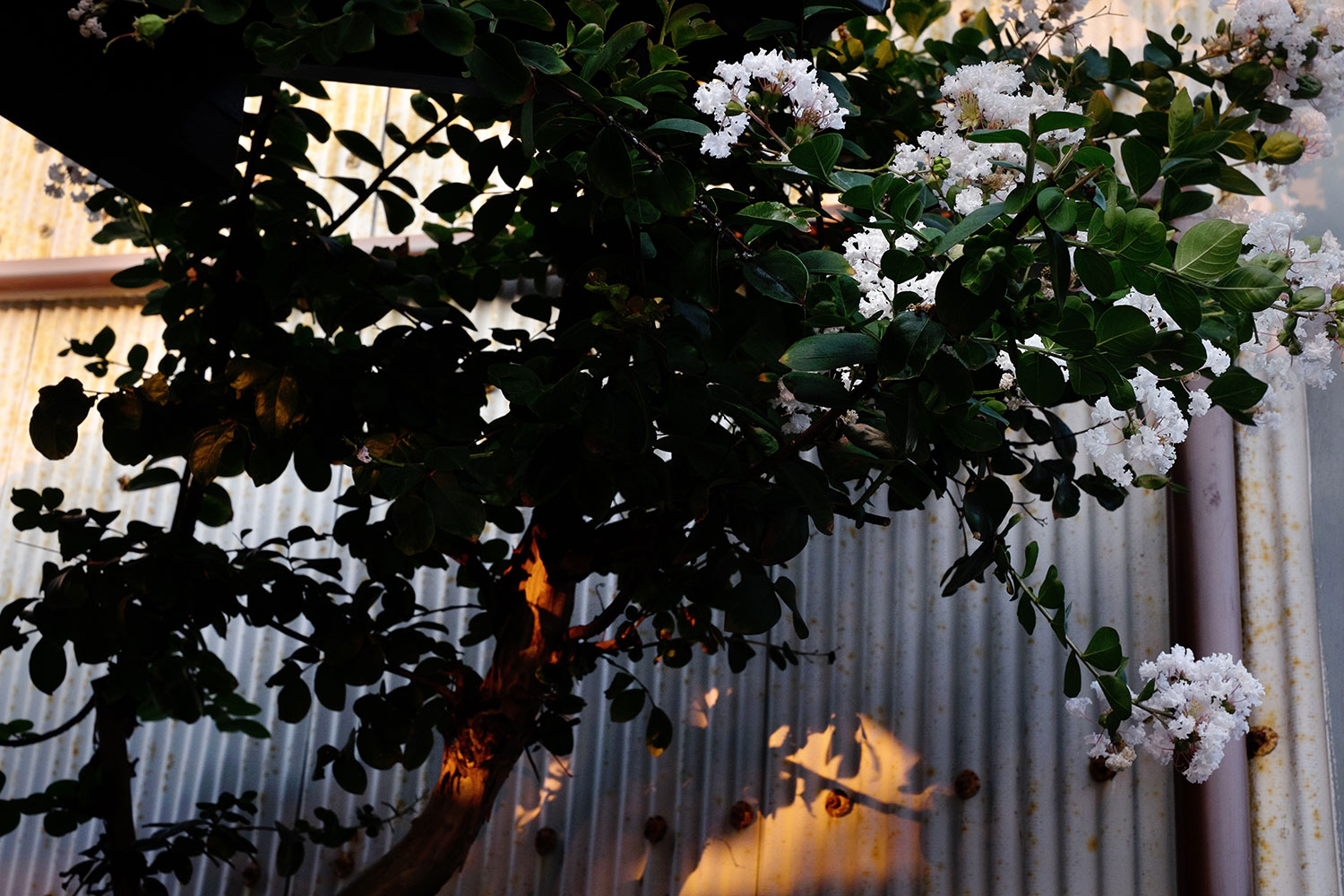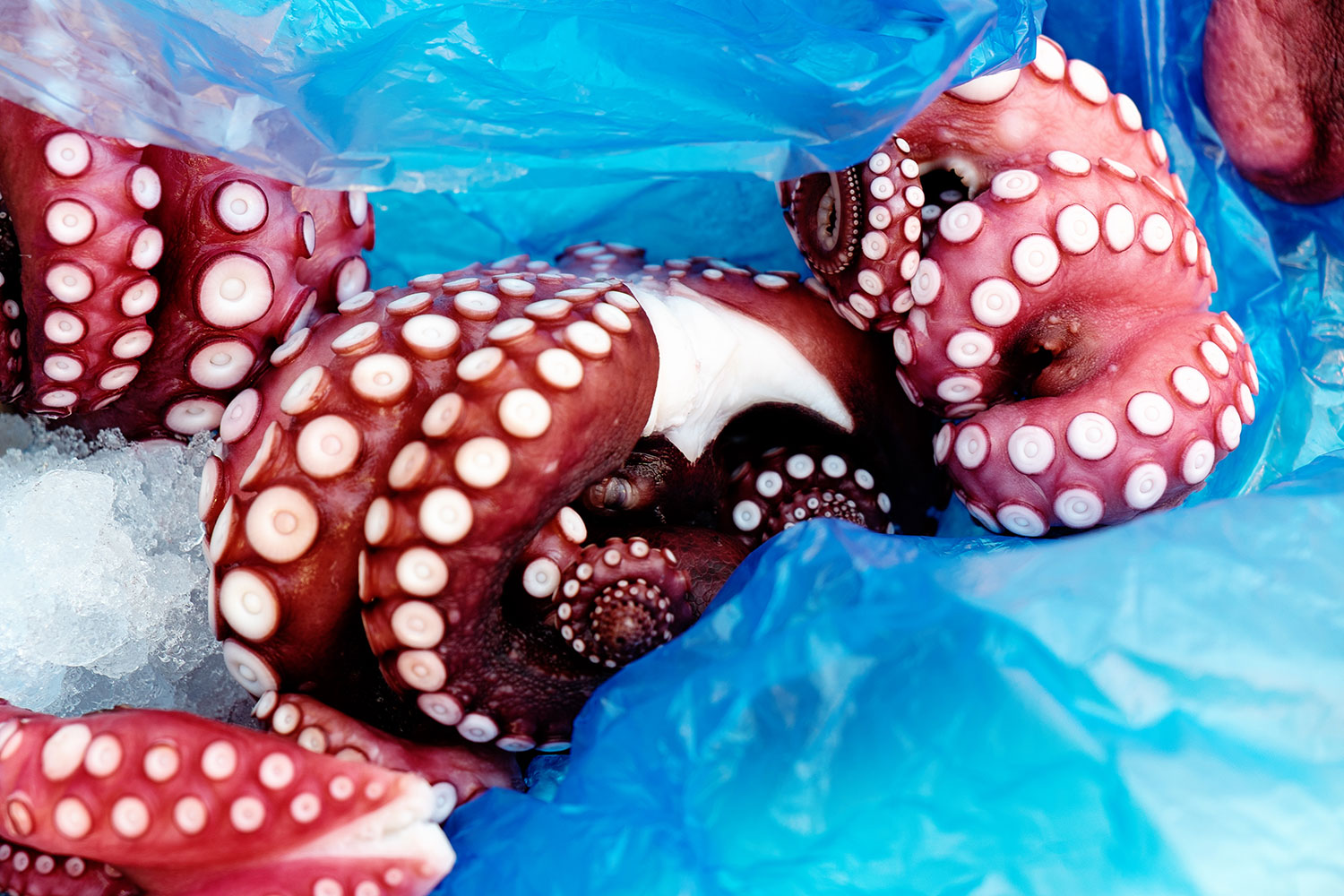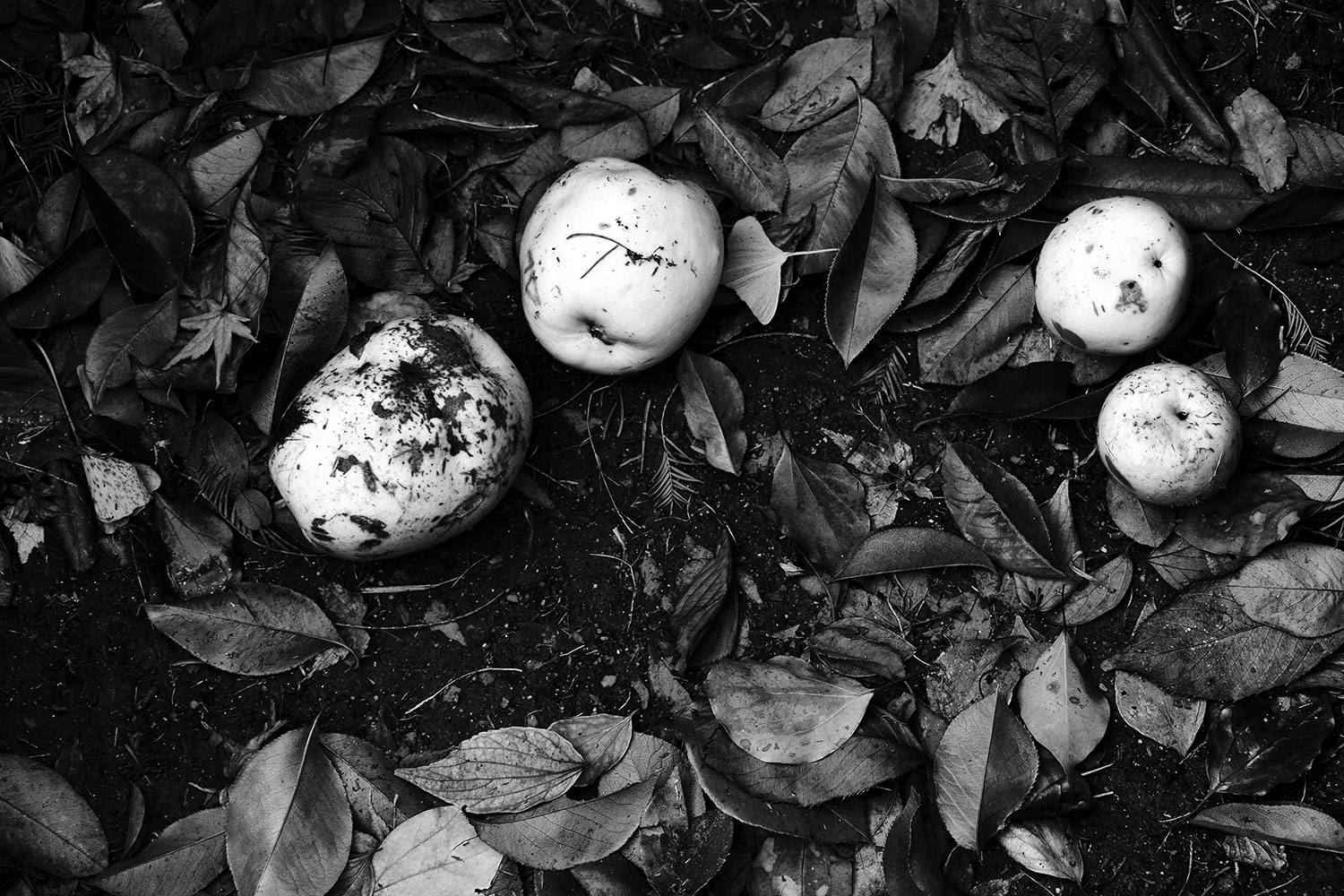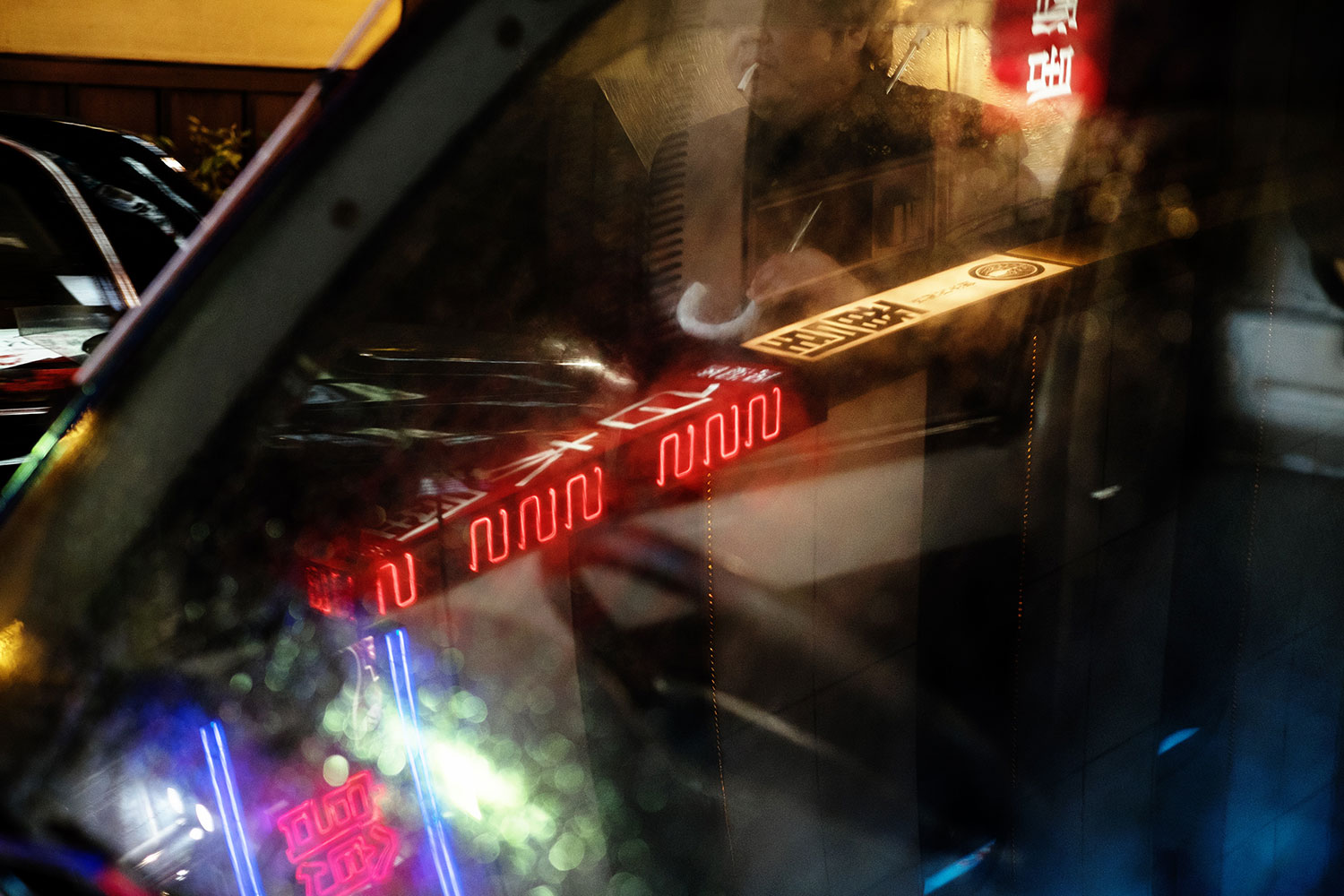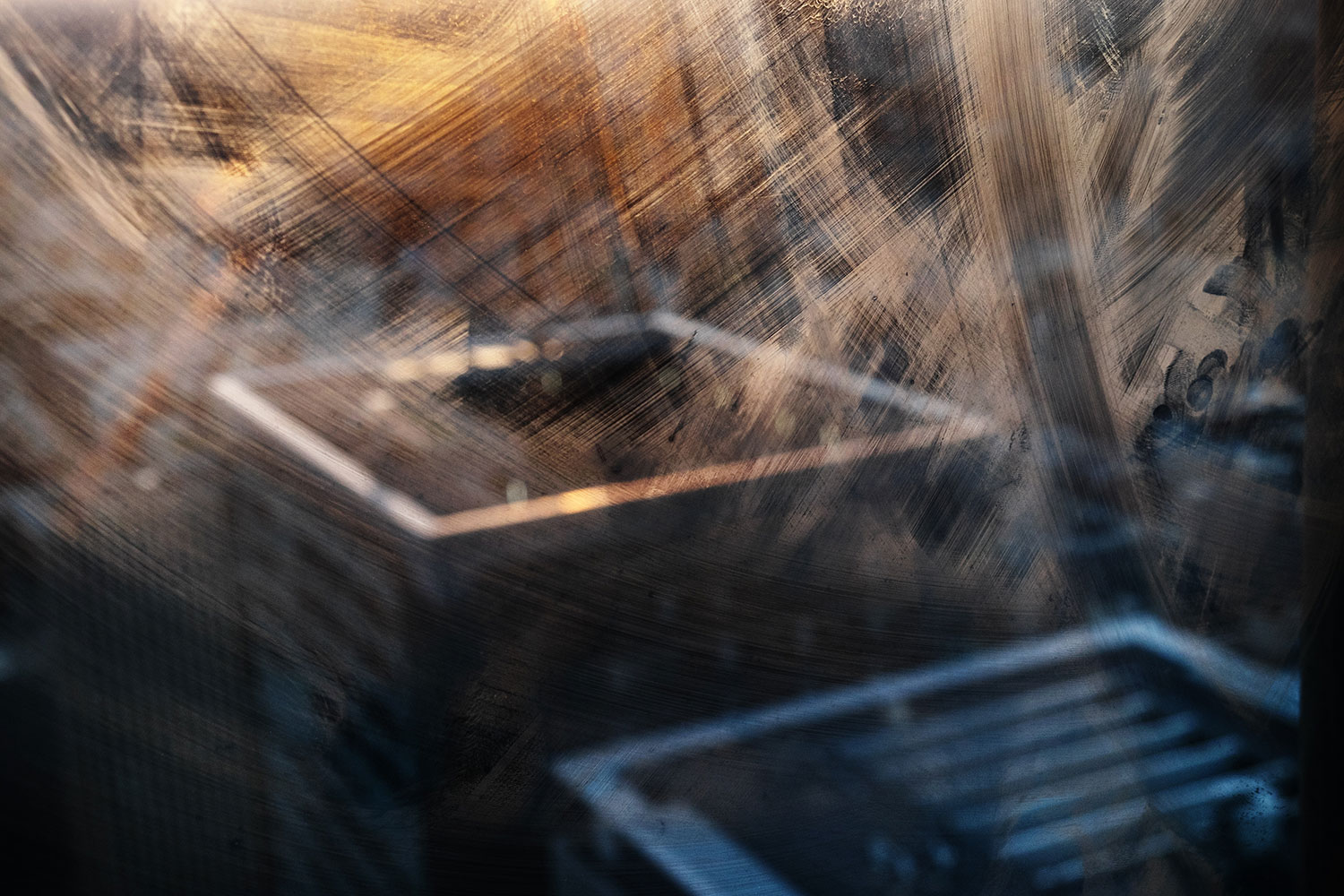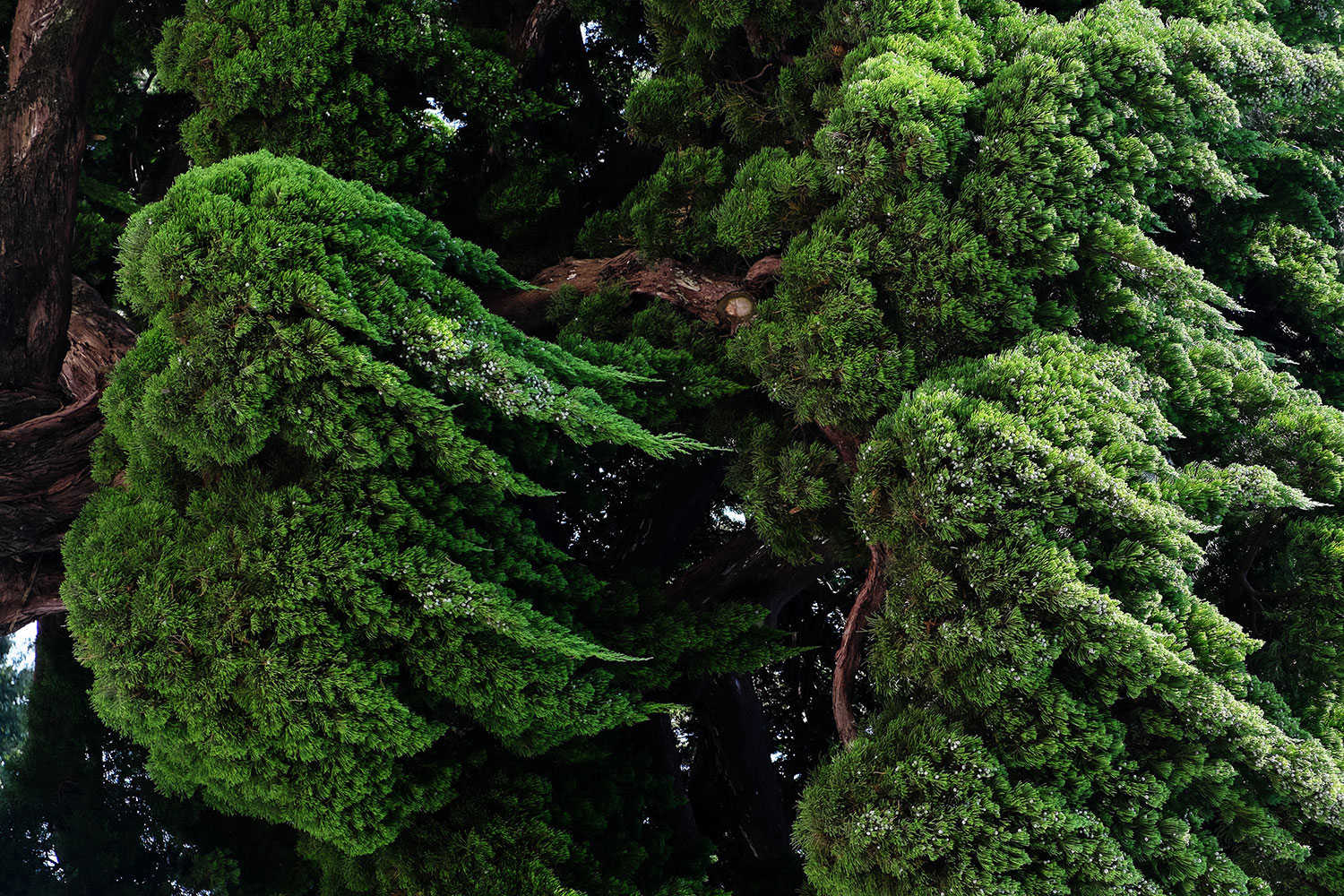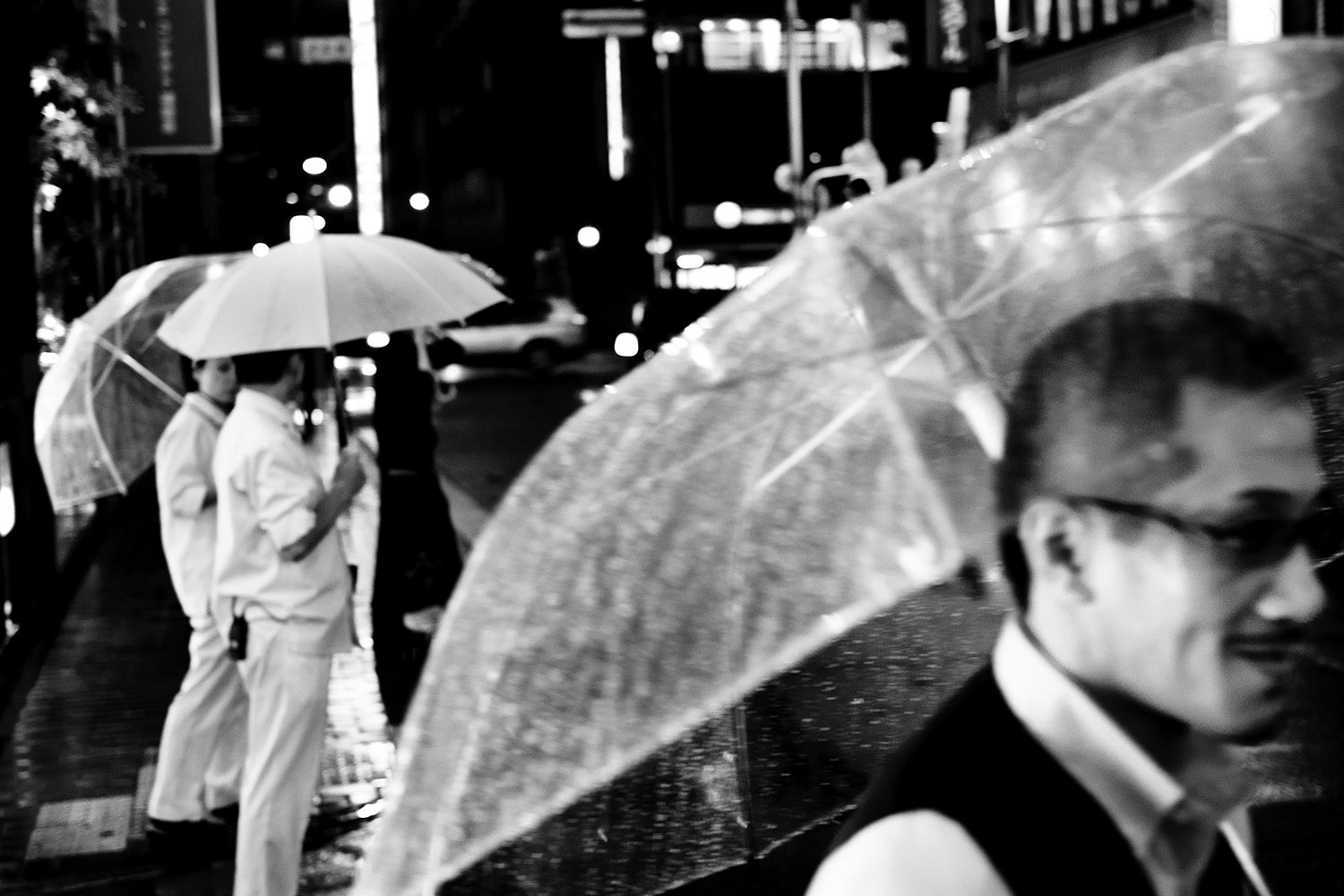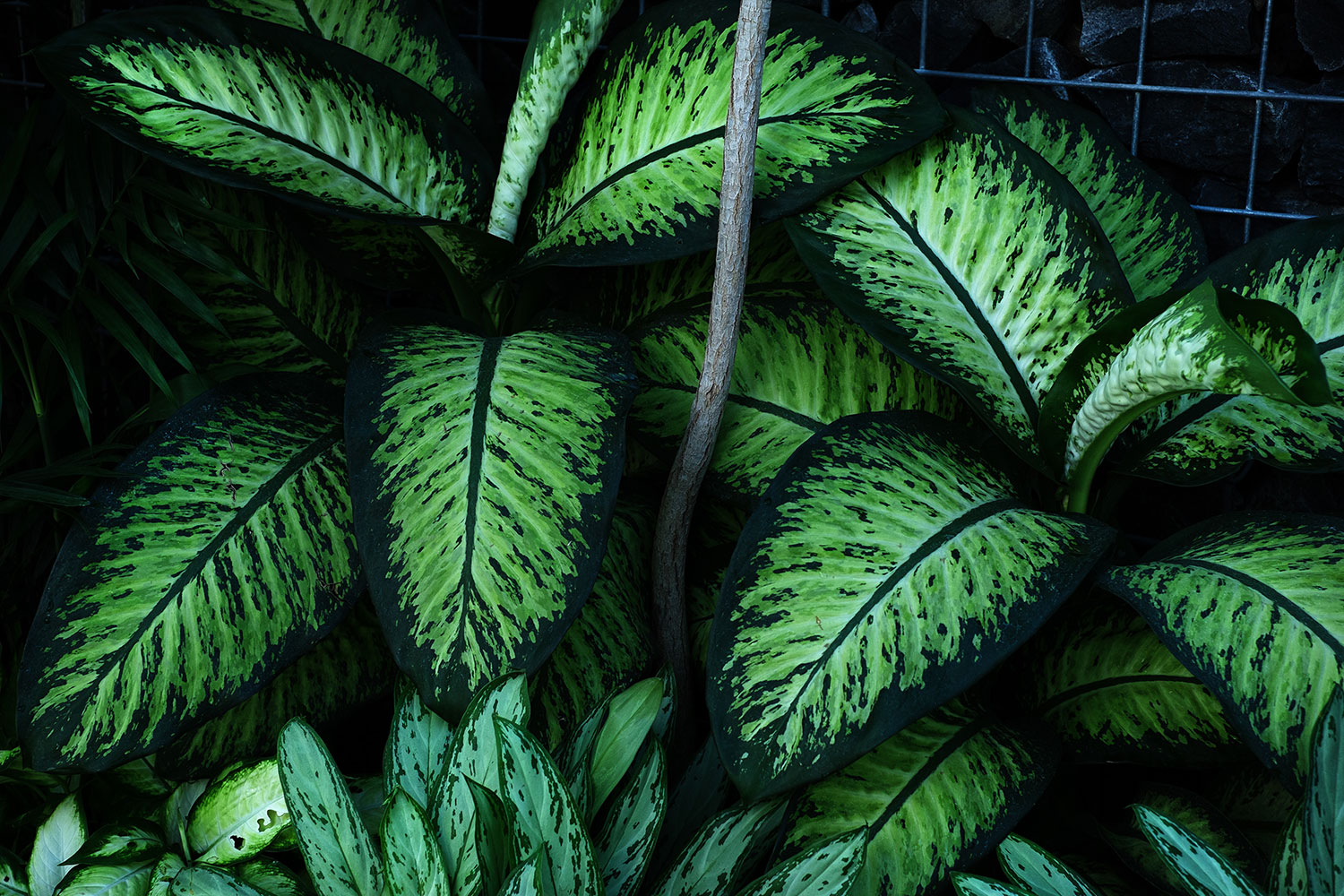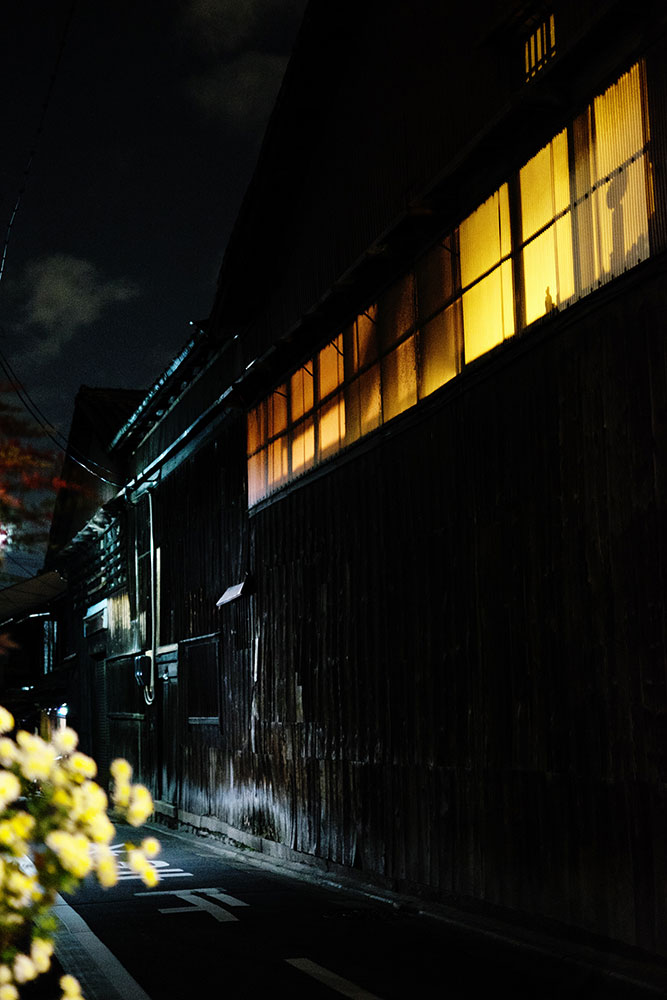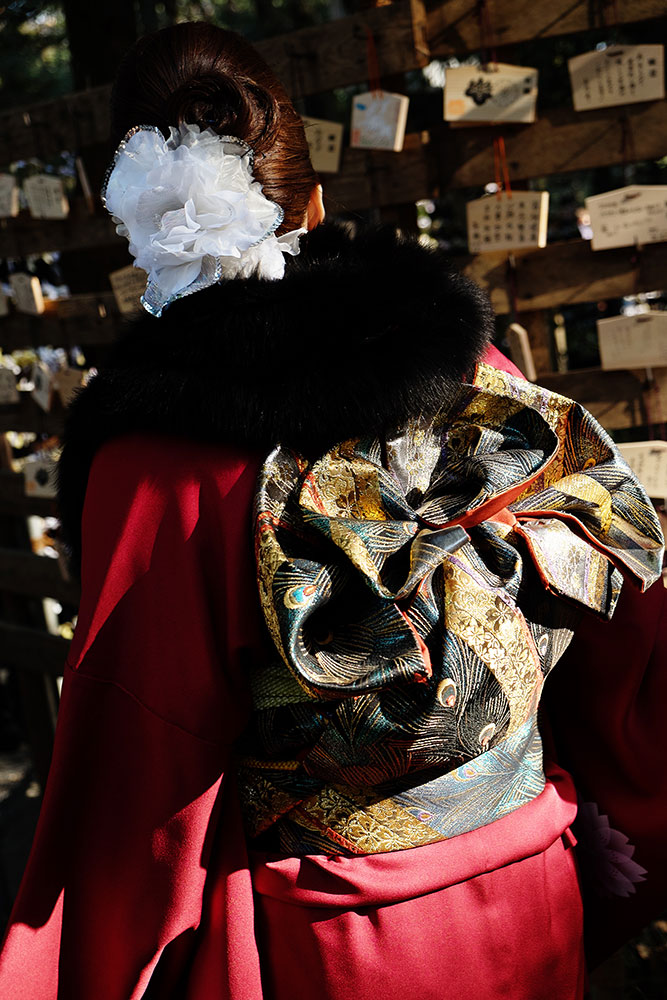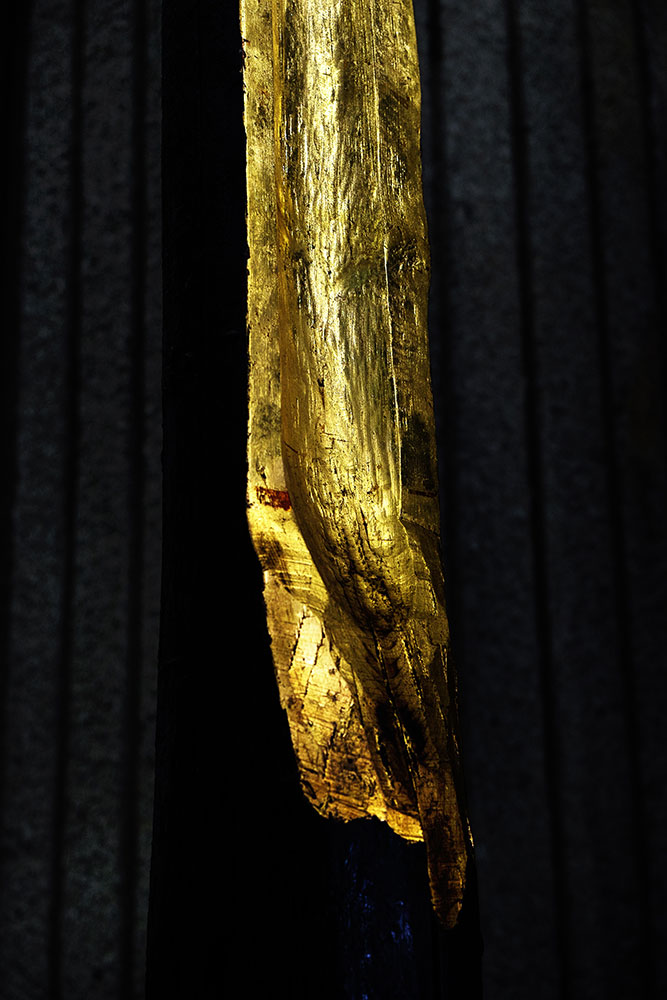For many centuries Japan has been a dream world for artists, photographers and writers: a strange universe of its own, an ultimate escape, a land of other sounds and visions. Russian artist Nat Urazmetova’s fascination with Japanese culture has lasted for over a decade, but it was only after her recent journeys to Tokyo, Kyoto, Hakone and Kamakura that she was able to express her complex relationship with the country through photography. The documentation of her wandering was compiled in a book entitled The Persimmon’s Fruit, published by Cygnnet and described by the author as a poetic travelogue. Ahead of the book launch at Calvert 22 on 1 June, Urazmetova told The Calvert Journal about the mysteries of persimmons and retraced some of her memories from the trip.
Visually, Japan is a very special place. Nowhere else have I felt contrasts as present, so solid and strikingly sharp: peacefulness and restraint layered with visual overabundance, fast-paced rhythms and sensual overload. An exceptional attention to detail interwoven with a strange beauty of imperfection. Delicacy coexisting with revolt, vibrancy with muteness, simplicity with extravaganza. There’s a certain kind of sensuality that defies any concrete rendering in words. I like all these juxtapositions, these somewhat conflicting forces and impulses.
I have been inspired by Japan for about a decade, though unconsciously I was fascinated by Japanese culture for a much longer time — perhaps, since my childhood years, when I first saw pictures of lavishly dressed Geishas and Samurai, shrines and dragons in illustrated history books. Over the years, my connection to Japan and interest in its rich culture developed mainly through its cinema, music, books, art, architecture and fashion.
Nagisa Oshima, Ryuichi Sakamoto, Nobuyoshi Araki, Yohji Yamamoto, Tadao Ando, Kazuo Ohno, Yukio Mishima — when I started discovering the work of these and many other Japanese artists and visionaries, I felt an instant and ever-strengthening bond. It is a special kind of rebelliousness and sensibility peculiar to the Japanese culture that thrills me the most. The connection is visceral and largely intuitive. I think I’m deeply attracted to and inspired by its otherness.
My most surreal memory from this trip is navigating the narrow side-streets of the Shinjuku area in Tokyo on the night of New Year’s eve. It felt like being in the midst of a spontaneously evolving movie — an intangible, phantasmagorical, but very affecting ambience all around. Steaming bars and tiny restaurants packed with locals; the intensifying sounds of celebratory drums echoing from shrines punctuated by karaoke singing and the sound of passing trains; the neon billboards gleaming nonstop, reflected in the deep blue winter sky; freakishly dressed youth gangs; Shinto monks and occasional disoriented westerners…
I recall noticing persimmons — so many of them and of different types: massive clusters of dried ones (called Hoshigaki in Japanese) in the markets, fruit hanging on the bare tree branches exposed to the sun, monkeys munching on persimmons, and the persimmons used for the New Year decorations. When I started working on the book, I decided to re-read Yohji Yamamoto’s book My Dear Bomb. There is a very touching chapter called “The Persimmon’s Fruits”: “A persimmon tree bears persimmons but not all among them will grow and ripen. Some are damned, existing only to nourish the blessed, chosen persimmons. Such is the universal rhythm that controls us all, each and every thing in the universe…I struggle to continue standing in the here and now, trapped in the centre of that incessant ambivalence, feeling as if I am about to be torn in half.” Suddenly, the puzzle became complete in my mind. Those passages from Yamamoto’s book helped me to find a connection between my memories of Japan, the pictures I took, the notes I made, and my feelings.
Text and Image: Nat Urazmetova
